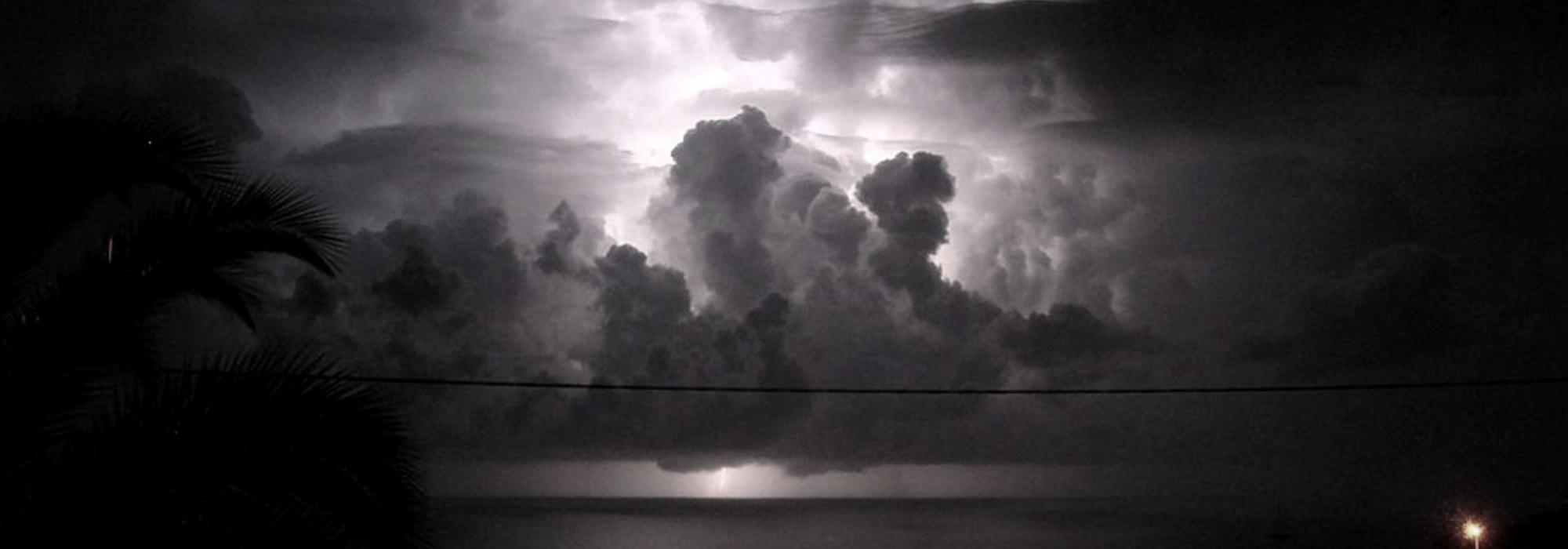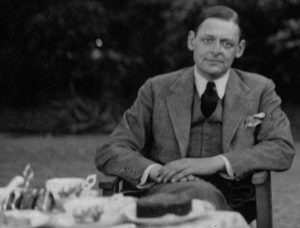Buried beneath and interspersed among the numerous layers of terse and detailed philosophical expositions are the thousands of amazing stories in the Upanishads. It is indeed a tragedy of our modern education system—that treats the human as no better than a component of economic production—that these stories have completely vanished from our school syllabi, supplanted instead by mindless Christian moral education.
It’s not far-fetched to apply the verse celebrating the universal appeal of music, शिशुर्वेत्ति पशुर्वेत्ति वेत्ति गानरसं फणिः (The essence of music can be experienced by all creatures – from a child to an animal to a snake) to the Upanishads— it has something for everyone.
Here’s one such story. I’ll call it the 'Story of Da.'
This story comes in the fifth chapter of the second brahmana of the Brihadaranyaka Upanishad. The Brihadaranyaka (literally, 'great-forest') is one of the longer Upanishads and forms the basis for several key philosophical concepts of Hinduism like different forms of puja and dhyana, and the highly-acclaimed Neti-vada (arriving at the understanding of the true nature of brahman by negation).
The Story of Da is at once philosophical, symbolic, down-to-earth and eminently observable in human nature.
The story deals with three different beings with different faculties and dispositions:
- the devatas, who are immortal, always in a state of happiness, and endowed with an unlimited capacity to enjoy pleasure
- the humans who were restless and selfish, and passed through cycles of pleasure and pain, and birth and death
- the demons who reveled in grabbing that which didn’t belong to them and in inflicting pain on others
The Story of Da begins with the three beings in a state of prolonged discontentment. Unable to find the source for this unexplained unhappiness, they meditate upon Prajapati, the lord of all creatures for instruction. By way of answer, Prajapati utters just the syllable 'द' (da) to each being and asks them to dwell upon its meaning.
Sure enough, they find the answer. As we shall see, this answer is different for each being because their understanding of the syllable 'da' is in accordance with their respective, unique disposition.
The devatas understand द to mean दाम्यत (to control, to exercise restraint), while humans take द to be दत्त (to give away as in charity, to share), and the asuras interpret द as दयध्वम् (compassion, kindness).
This instruction is truly timeless. At one level, it can mean that one can interpret any teaching according to one’s mental makeup, environment, influences, and other dynamics. At another level, it brings out the essential nature of the different gunas (nature, disposition, trait).
The devatas who are immortal and have unlimited pleasure at their disposal soon got tired of relentless, mindless sensual and material enjoyment for its own sake, akin to “too much of a good thing.” This has an echo in Ralph Waldo Emerson’s Compensation: every excess causes a defect; every defect an excess. One can also see a parallel in the Kathopanishad where Nachiketa keeps refusing the bounties of material and sensual allurement that Yama offers, and replies courageously that he would prefer to choose the good over the pleasing. This is why the devatas understand Da as the need for exercising restraint in enjoyment.
Humans, who by nature are given to selfishness and hoarding understand Da as letting go of one’s possessions in the sense of charity. In a larger and more profound sense, it is reducing the extent of one’s ego. The Indian conception of दान (loosely translated as 'charity') rests on this, and has given rise to several beautiful expressions in literature, folklore, etc. Indeed, the celebrated Hindi proverb नेकी कर दरिया में डाल (do good and throw it in the river) can also be extended to this.
The asuras, similarly realized that their discontentment was the consequence of having a violent and destructive nature, and therefore found value in understanding Da to mean compassion. The antidote to a cruel and violent disposition is the conscious cultivation of compassion.
The Story of Da can also be said to be mystical in the limited sense of the vehicle that Prajapati uses to impart the teaching. He does not reveal himself in a physical form but instead utters “Da” as a thunder-sound.
The Story of Da was hugely influential in Western literature. Without going into much detail, one can only look at this passage from T.S. Eliot, the last of the poets who retained some respect and reverence for classical studies. This excerpt is from the final part of his acclaimed Waste Land:
WHAT THE THUNDER SAID
Then spoke the thunder
DA
Datta: what have we given?
My friend, blood shaking my heart
The awful daring of a moment’s surrender
Which an age of prudence can never retract
By this, and this only, we have existed
Which is not to be found in our obituaries
Or in memories draped by the beneficent spider
Or under seals broken by the lean solicitor
In our empty rooms
DA
Dayadhvam: I have heard the key
Turn in the door once and turn once only
We think of the key, each in his prison
Thinking of the key, each confirms a prison
Only at nightfall, aetherial rumours
Revive for a moment a broken Coriolanus
DA
Damyata: The boat responded
Gaily, to the hand expert with sail and oar
The sea was calm, your heart would have responded
Gaily, when invited, beating obedient
To controlling hands
Fishing, with the arid plain behind me
I sat upon the shore
Shall I at least set my lands in order?
London Bridge is falling down falling down falling down
Poi s’ascose nel foco che gli affina
Quando fiam ceu chelidon—O swallow swallow
Le Prince d’Aquitaine à la tour abolie
These fragments I have shored against my ruins
Why then Ile fit you. Hieronymo’s mad againe.
Datta. Dayadhvam. Damyata.
Shantih shantih shantih
















































